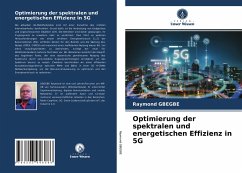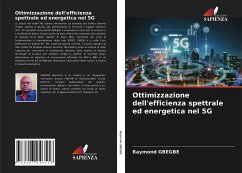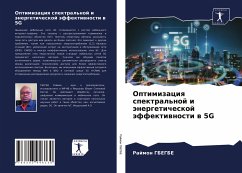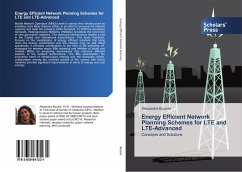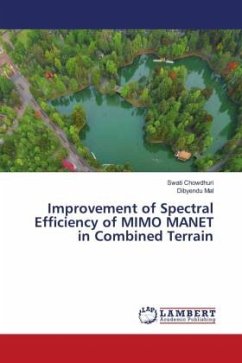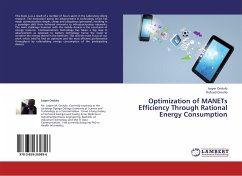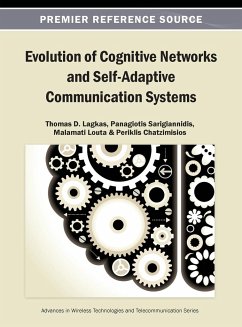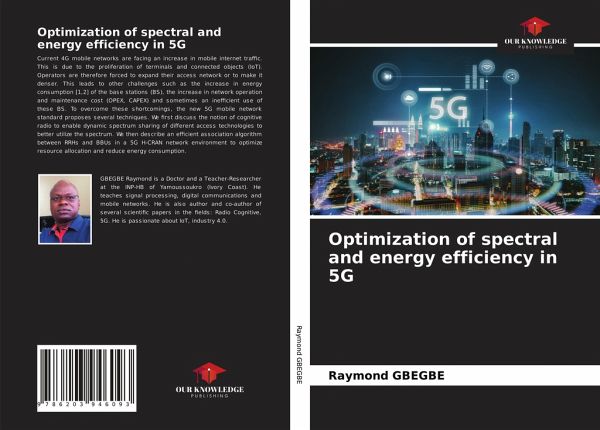
Optimization of spectral and energy efficiency in 5G
Versandkostenfrei!
Versandfertig in 6-10 Tagen
47,99 €
inkl. MwSt.

PAYBACK Punkte
24 °P sammeln!
Current 4G mobile networks are facing an increase in mobile internet traffic. This is due to the proliferation of terminals and connected objects (IoT). Operators are therefore forced to expand their access network or to make it denser. This leads to other challenges such as the increase in energy consumption [1,2] of the base stations (BS), the increase in network operation and maintenance cost (OPEX, CAPEX) and sometimes an inefficient use of these BS. To overcome these shortcomings, the new 5G mobile network standard proposes several techniques. We first discuss the notion of cognitive radi...
Current 4G mobile networks are facing an increase in mobile internet traffic. This is due to the proliferation of terminals and connected objects (IoT). Operators are therefore forced to expand their access network or to make it denser. This leads to other challenges such as the increase in energy consumption [1,2] of the base stations (BS), the increase in network operation and maintenance cost (OPEX, CAPEX) and sometimes an inefficient use of these BS. To overcome these shortcomings, the new 5G mobile network standard proposes several techniques. We first discuss the notion of cognitive radio to enable dynamic spectrum sharing of different access technologies to better utilize the spectrum. We then describe an efficient association algorithm between RRHs and BBUs in a 5G H-CRAN network environment to optimize resource allocation and reduce energy consumption.



